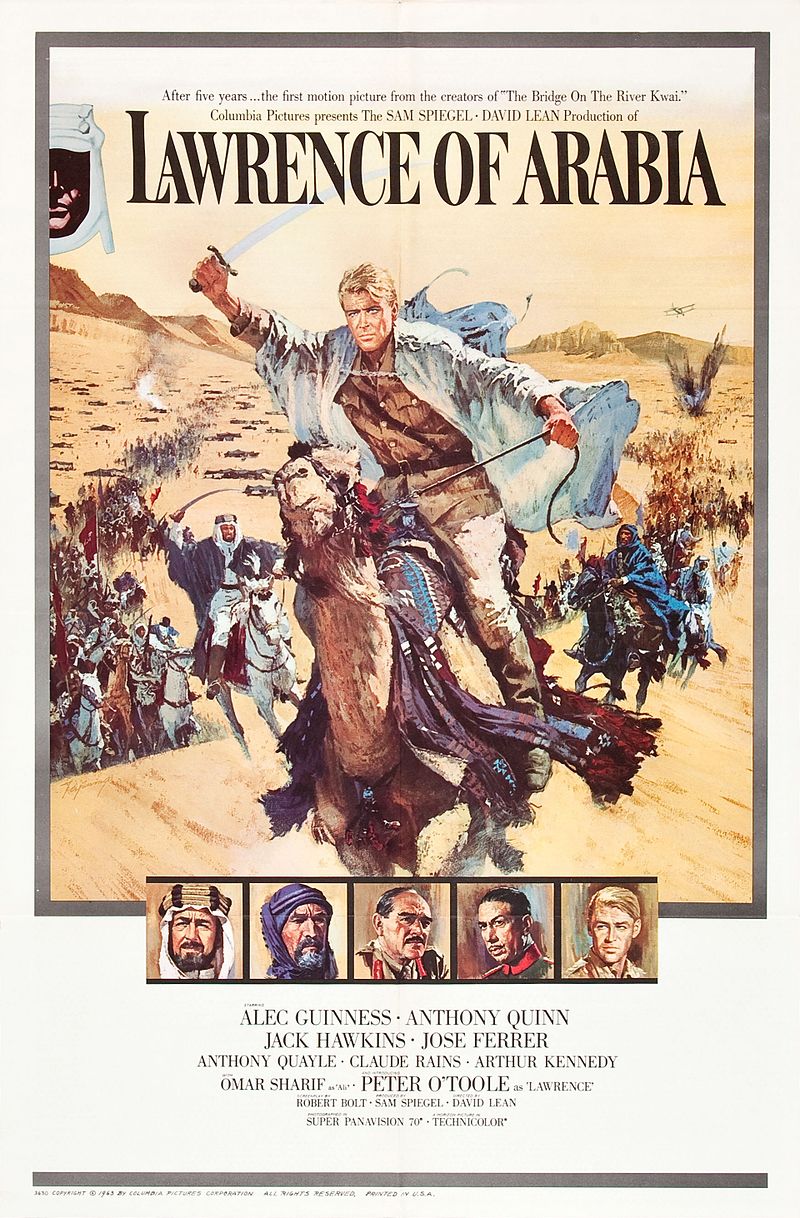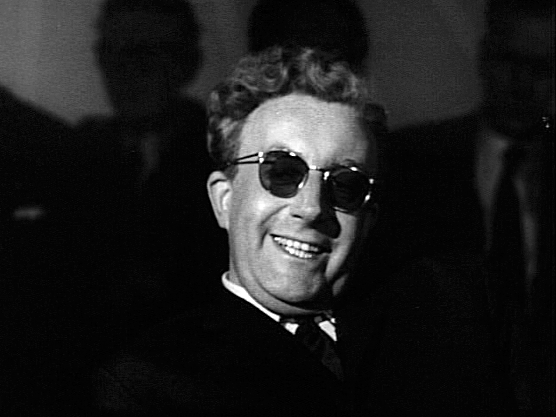There have been so many great movies in different decades or eras, but the 1960s is considered to be one of the best time periods for films. The 1960s had some of the best movies in the history of cinema, and a few of these 60s films even inspired numerous genres within the industry. To know more, here is a list of the most popular and influential movies of the 1960s.
Psycho (1960)
Psycho is a thriller film that premiered in 1960 and was produced and directed by Alfred Hitchcock, one of the most influential figures in cinema. The story in the film is based on the 1959 novel of the same name that was written by Robert Bloch, an American crime fiction writer. The film focuses on the disappearance of an on-the-run embezzler named Marion Crane in the motel run by the shy proprietor Norman Bates. The disappearance is investigated by a private investigator, Crane’s sister Lila, and Crane’s lover Sam Loomis.
Upon its release, the movie divided critics as it presented a controversial subject matter. However, because of the film’s box office success, some critics eventually saw the appeal of Psycho. Today, the film is considered one of Alfred Hitchcock’s best films, and some would even say that it is the most iconic Hitchcock movie.
The film is also regarded as an influence and one of the earliest examples of the slasher film genre, which would later become quite popular after the 1960s with the appearance of Freddy Krueger (Nightmare on Elm Street), Jason Vorhees (Friday the 13th), and Michael Myers (Halloween). Many people today are fans of Hitchcock’s Psycho, and some of them would even have a poster of the movie in their bedroom. For more info on movie posters and other 60s-style items that are perfect as gifts, read our Nostalgic 60s Gift Ideas.
To Kill a Mockingbird (1962)
Another great film in the 60s that is based on a novel is To Kill a Mockingbird, which premiered in 1962 and was directed by Robert Mulligan, who was known back then for directing The Rat Race (1960) and The Great Impostor (1961). It is based on the novel of the same name written by Harper Lee, who also won the 1960 Pulitzer Prize for the novel. The film starred Gregory Peck as Atticus Finch, a lawyer who is the father of the two other main characters in the movie, Jeremy “Jem” Finch and Jean Louise “Scout” Finch.
When the movie premiered, it gained an overwhelmingly positive reaction among audiences and critics. The film was also a box office success, as it was able to earn more than six times its budget of $2 million. At the 1963 Academy Awards, To Kill a Mockingbird won three awards, including Best Actor for Gregory Peck. Because of how influential it is in the history and culture of the United States, the film was selected for preservation in the National Film Registry in 1995.
Lawrence of Arabia (1962)
Lawrence of Arabia is also a film that was released in 1962. However, unlike the first two movies, Lawrence of Arabia is based on an autobiography titled Seven Pillars of Wisdom, which tells about the life of its author, T.E. Lawrence. The movie was directed by David Lean, who was previously known for directing the epic war film The Bridge on the River Kwai (1957). The film focuses on T.E. Lawrence’s experiences while living in the Ottoman provinces found in the Western Asian regions of Greater Syria and Hejaz during World War I.
The film was critically acclaimed in 1962, and it was even nominated for ten Oscars at the 1963 Academy Awards. It won seven Academy Awards, including Best Director and Best Picture. Besides being considered as one of the most popular movies of the 1960s, Lawrence of Arabia is also regarded as one of the best movies of all time. Because of its cultural and historical significance, the United States Library of Congress selected the film for preservation in the National Film Registry in 1991.
Dr. Strangelove or: How I Learned to Stop Worrying and Love the Bomb (1964)
Dr. Strangelove or: How I Learned to Stop Worrying and Love the Bomb, also known simply as Dr. Strangelove, is a black comedy film that was released in 1964 and was directed, produced, and co-written by Stanley Kubrick, who would become a very influential figure in the history of cinema due to his genre-defining films such as 2001: A Space Odyssey (1968) and The Shining (1980).
The story centers on the decision of a United States Air Force general to order a pre-emptive nuclear bombing of the Soviet Union. The story then follows the President of the United States and his advisors as they stop a B-52 bomber from successfully attacking the Soviet Union and subsequently starting a nuclear war. Similar to Lawrence of Arabia, Dr. Lawrence is often regarded as one of the greatest films ever made, and it made black comedy, a form of comedy that explores dark and violent themes, popular in the United States and other countries.
Goldfinger (1964)
Goldfinger is one of the many James Bond films released over the years, and many fans would argue that Goldfinger is one of the best in the series. Goldfinger is a spy film that premiered in 1964 and starred Sean Connery as the fictional agent or spy named James Bond. The film’s story is based on the 1959 novel of the same name that was written by Ian Fleming, who also wrote other James Bond novels. The story follows James Bond as he investigates gold magnate Auric Goldfinger, who plans to contaminate the United States Bullion Depository, which contained a large portion of the US’s gold reserves.
Goldfinger is a very influential movie in the James Bond franchise, as it introduced many elements that would later appear in other James Bond films. These elements include Bond’s use of gadgets and different kinds of technology and a pre-credits sequence that was separate from the main storyline. Interestingly, Goldfinger was the first James Bond film to win an Academy Award (for Best Sound Editing). The movie also influenced the trend in home décor during the 1960s, as the furniture and decorations used in the film became popular in that decade. To know more about 60s home décor, check out our Nostalgic 60s Home Décor Ideas.
The Good, the Bad and the Ugly (1966)
The Good, the Bad and the Ugly is a 1966 spaghetti Western film directed by Sergio Leone and served as the third and final entry in Leone’s “Dollars Trilogy,” which included A Fistful of Dollars (1964) and For a Few Dollars More (1965). The film’s title refers to the three main characters, namely “the Good” (played by Clint Eastwood), “the Bad” (played by Lee Van Cleef), and “the Ugly” (played by Eli Wallach). The movie features Leone’s signature style of directing, which included highly stylized gunfights, long shots, and close-up cinematography.
Although the film was a financial success, as it grossed more than $38 million at the box office, there were people that disapproved of the spaghetti Western genre during the 1960s. Critics were divided for the film, but in later years, The Good, The Bad and The Ugly would be called one of the greatest films of the spaghetti Western genre, and some would even call it the “definitive spaghetti Western film.”
2001: A Space Odyssey (1968)
Another of Stanley Kubrick’s masterpieces was released in the 1960s, and this particular movie is 2001: A Space Odyssey. 2001: A Space Odyssey is a 1968 science fiction film that was produced and directed by Stanley Kubrick. The screenplay, which was also written by Kubrick, is based on a short story by sci-fi author Arthur C. Clarke titled “The Sentinel.” Clarke also released a novelization of 2001: A Space Odyssey right after the release of the film.
The film follows a group of astronauts on a voyage to Jupiter to investigate an alien monolith. During their trip, they are assisted by a sentient supercomputer called HAL. The movie is regarded as the one that helped the science fiction genre to have a much wider reach in the world, as the genre was once obscure and was only appreciated by those that are interested in science and space. Today, 2001: A Space Odyssey is regarded by many as one of the greatest films ever made, and because of its cultural and historical significance, it was selected for preservation in the National Film Registry in 1991.
Rosemary’s Baby (1968)
Rosemary’s Baby is a psychological horror film that was released in 1968 and was directed and written by Roman Polanski, a prolific director who directed critically acclaimed films such as The Pianist (2002), The Ghost Writer (2010), and An Officer and a Spy (2019). Rosemary’s Baby focuses on the life of Rosemary Woodhouse (played by Mia Farrow), who moved into the Bramford apartment building in New York City with her husband, Guy. Later in the story, Rosemary would suspect her elderly neighbors of being members of a Satanic cult who wants to use her baby for rituals.
The movie was a box office success, as it was able to collect $33.4 million against a $3.2 million budget. In addition, the film was also critically acclaimed, and it received two Academy Award nominations and won one for Best Supporting Actress (for Ruth Gordon, who played one of Rosemary’s elderly neighbors). In 2014, Rosemary’s Baby was selected to be preserved in the US National Film Registry because of its impact on the US film industry. Along with Psycho, Rosemary’s Baby is credited for popularizing the psychological horror genre.
The 1960s was a decade full of iconic and culturally significant films. If you haven’t watched any of the films we mentioned above yet, now may be the best time for you to do so.




